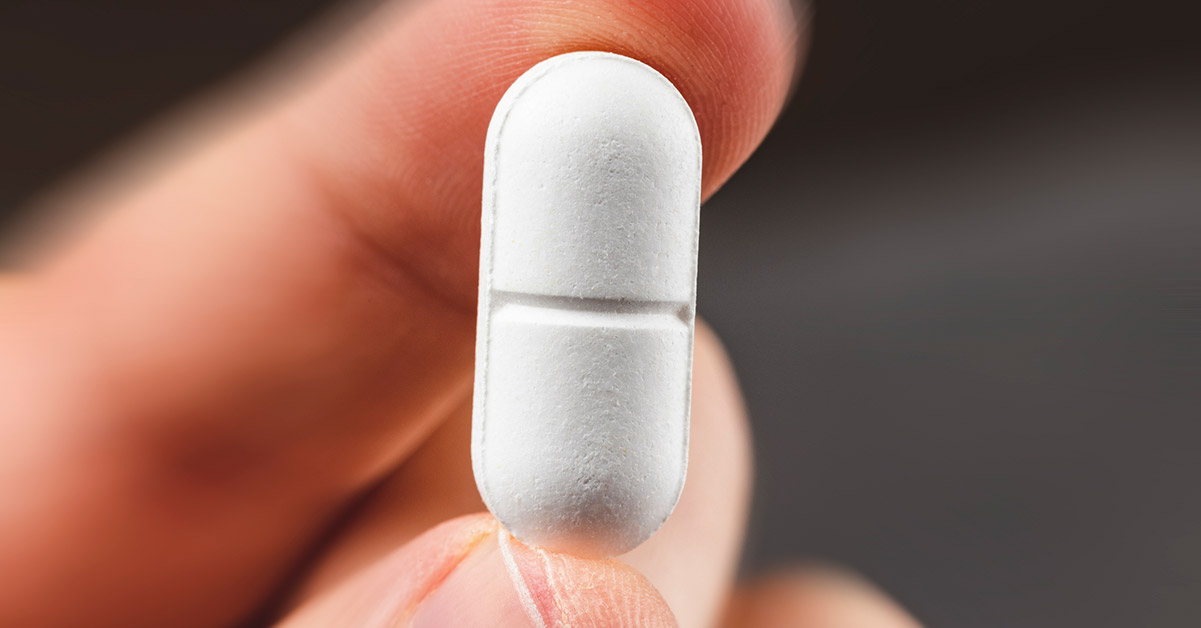As of May 1, 2020, if you are exposed to COVID-19 or begin to get sick, there is no proven drug you can take to avoid the disease or decrease its impact. You can only isolate yourself, rest, and hope that your immune system will fight the virus in a healthy way, which it will for most people. But for a small percentage of others, their immune system may overreact, releasing an overabundance of proteins called cytokines that can flood the body and lead to death.
The lack of proven drugs for the prevention or treatment of COVID-19 has led people to make non-science backed claims for a series of interventions. Among them, and the most highly visible, is the malaria and lupus medication hydroxychloroquine (brand name Plaquenil).
A sense of urgency
On March 17, a University of Minnesota School of Public Health and Medical School partnership launched the first outpatient trials of hydroxychloroquine to see if the drug is effective in preventing COVID-19 disease in humans. Since then, hundreds of more trials of the drug have been initiated.
David Boulware, an infectious disease physician and the study’s principal investigator, specializes in investigating the use of drugs for different diseases than which they were initially developed to treat. He ran a recent trial in Uganda using the antidepressant Zoloft, which can also be a powerful anti-fungal, to treat cryptococcal meningitis — a deadly fungal disease of the brain. Although Zoloft showed potential to fight meningitis in laboratory settings, it did not prove effective in humans.
“That’s why we’re a little cautious when people are so excited about hydroxychloroquine,” says Sarah Lofgren, an infectious disease physician and a co-investigator on the study.
“Although we’d love to have an active agent against COVID-19, it’s known that you can have promising data from the lab that doesn’t cross into humans. People are more complicated than individual cells.”
The hydroxychloroquine-related drug chloroquine, has a similar history. A 2005 study found it effective against the infection and spread of the coronavirus SARS in primate cell cultures, but clinical studies in humans were never conducted.
Drug trials usually take months to get up and running, but the COVID-19 pandemic has pushed treatment trials across the world to start as quickly and as safely as possible. Within seven days, the U of M team worked out the study details and began enlisting participants.
“These are incredibly fast moving studies,” says Lofgren. “Given the pandemic and the concerns, we’ve pushed as hard as we can. To do science, it takes time, so we have to make sure we do it well. These are randomized, double-blind, placebo-controlled trials, so the facts — not anecdotal evidence — will tell us if the drug works. We don’t want to oversell hydroxychloroquine until we have data to back up its effectiveness.”
Randomized, double-blind, placebo-controlled trials are the gold standard for accurate, objective results. In these hydroxychloroquine trials, participants are assigned to either the drug or a placebo at random and neither they nor the people running the trial know who gets which, making the trial “double-blind.” Making a trial “placebo controlled,” allows researchers to understand whether the drug itself had any effect.
Setting the parameters
The studies focus on determining whether hydroxychloroquine can prevent a person from developing COVID-19 after being exposed to the virus or if it can help manage symptoms once a person contracts the disease.
People can be considered for the trials if they first fit into one of these two basic categories: 1) exposed and without symptoms and 2) exposed and with symptoms.
But there are more requirements.
For the first study, a person must have been closely exposed within four days to a person with confirmed COVID-19, and be a health care worker or a member of the infected person’s household.
For the second study, a person must be a) currently diagnosed with COVID-19 disease and be within four days of symptom onset, or b) a health care worker with known COVID-19 contact and with symptoms compatible with COVID-19 contracted within four or fewer days. In neither study can the participant be hospitalized at study enrollment.

“One of the most difficult parts of running these studies is the screening process for participants,” says Ananta Bangdiwala, a biostatistician at the School of Public Health’s Coordinating Centers for Biometric Research (CCBR), known for its global clinical trials. The role of biostatistics in clinical trials is to design the methodology for conducting the trials and to track and manage all the data. Biostatisticians develop analysis plans, conduct interim and final analyses, and collaborate on publications with researchers.
Normally, Bangdiwala designs sub-trials for Boulware’s drug studies in Uganda, but like many people, her work suddenly pivoted in mid-March to focus on COVID-19.
“In this quick process, we made sure that the screening form asked just the right details to make it easy for people to fill out,” says Bangdiwala. “We need people who were exposed very recently and who are in a high risk situation because that’s when we think we’ll see hydroxychloroquine have the most effect.”
When participants are chosen for the trials, they take either hydroxychloroquine or a placebo for five days. Hydroxychloroquine can be dangerous if taken incorrectly, so pharmacologist Melanie Nicol at the U of M College of Pharmacy determined the dosage. Follow-up surveys track the participants’ progress and experience with COVID-19 for 14 days.
The team is using a novel approach to the studies that has been used in social science, but not medicine. The trials are entirely internet-based using a secure system to survey participants and manage data, and participants are FedExed the drugs or placebos.
“Running the trials this way keeps participants and researchers safe, and it’s quick,” says Lofgren.
Next Steps
Each of the two studies has an enrollment target of 1,500 people. The U of M team is doing a parallel study with partners in Canada. This expands the diversity of study participants and increases the pool of people who can enroll. A third U of M hydroxychloroquine study is also underway. Led by infectious disease physician Radha Rajasingham, it investigates whether the drug can be taken pre-exposure to prevent high-risk health care workers from contracting COVID-19.
A vital part of all drug trials is oversight. On April 22, the national group that monitors the safety and conduct of clinical trials and recommends whether or not they should continue (the Data and Safety Monitoring Board) found the “exposed without symptoms” study was useful and caused no harm to participants. This gave the team a green light to continue enrolling participants. The DSMB will also look at the symptomatic arm of the trial along with Rajasingham’s study.
“If hydroxychloroquine proves to prevent symptoms from developing, it could be given to all high-risk health care workers and to everyone exposed to people with COVID-19,” says Lofgren. “Good contact tracing combined with the drug could have the potential to slow the spread of the disease.”
Hydroxychloroquine study team:
David Boulware, principal investigator, Medical School
Sarah Lofgren, co-investigator, Medical School
Caleb Skipper, co-investigator, Medical School
Matthew Pullen, co-investigator, Medical School
Radha Rajasingham, co-investigator, Medical School
Mahsa Abassi, medical monitor, Medical School
Melanie Nicol, pharmacologist, College of Pharmacy
Kathy Hullsiek, biostatistician, School of Public Health
Ananta Bangdiwala, associate statistician, School of Public Health
Nicole Engen, associate statistician, School of Public Health
Katelyn Pastick, MD student and research associate, Medical School
Elizabeth Okafor, MD/PhD student and research associate, Medical School

